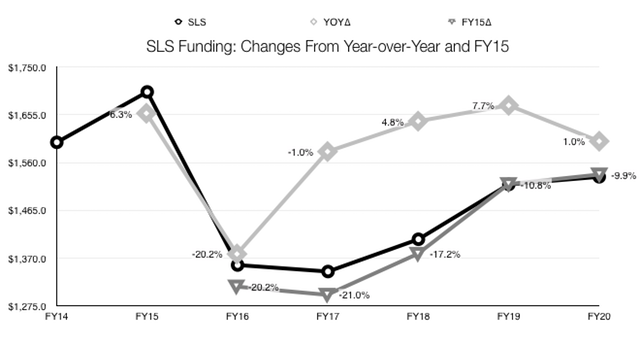

“Everyone’s going to feel it.”īut the biggest hit the budget cuts take on our country cannot be measured in dollars and coins. “It’s a one-two punch,” Marcia Gaedcke, president of the area’s Chamber of Commerce, told USA Today in reference to the loss of jobs at NASA. According to a 2008 NASA study, the Kennedy Space Center accounted for $4.1 billion of financial activity in the state, but the number is on a steady decline. The economy of Florida is feeling it too. In a July article for the Associated Press, journalist Mike Schneider reported that many of the 7,400 employees that have been let go since last July in 2011 have struggled to find jobs to suit their special set of skills.The Kennedy Space Center currently employs 8,500 workers, the smallest amount since 1977. These contractors are critical for success at NASA, but they are being hit hard. If the budget cuts continue, a lot of brilliant people may lose their jobs,” NASA employee Andrew Davis, who works with the launch control systems at Kennedy Space Center in Florida, said in an interview.ĭavis pointed out that NASA hires contractors such as Boeing and the United States Alliance to work alongside their employees. “The budget cuts are having an unfortunate impact on these contracting companies, and many contractors are losing their jobs. For perspective, consider this: according to the same budget proposal, the Air Force alone is allotted nearly $170 billion. Budget cuts from the current administration threaten to limit the program’s future, and the consequences could cost them-and us-a lot.Īccording to President Obama’s 2013 budget proposal, NASA’s budget would decrease from the $18.4 billion it was allotted in 2011 to $17.7 billion by 2017.Īnd though numbers of that size seem to make very little difference to the casual bystander, a cut of that magnitude has drastic effects. Sending a jeep-sized remote control car to another planet is tough to accomplish, but it is not the biggest problem facing NASA. From Martian rocks to a sunset that is literally out of this world, the images have motivated millions. Recently, the rover has started transmitting stunning images of the surface of our red neighbor.

NASA’s Curiosity rover landed on Mars Aug. “There are many ways to show people the great possibilities of the future, but I’d argue that the visibility of the moon in the sky is more powerful than any other single source of inspiration,” Bennett said.Īnd now, we have reached another milestone.

In a 2004 National Geographic article on the matter, renowned astronomer Jeffrey Bennett talked about how the event changed the way we look at the moon. Prior years' requests were digitized and provided by NASA's History Office, and are hosted here by The Planetary Society.Sunset on Mars - Images sent back from Mars inspire the dreams of our youth. Since 1999, NASA has published its annual budget justification online. The budget requests also report prior-year financial commitments in form of contractual obligations, preserving a record of government spending on key space programs at a relatively granular level. space exploration priority over time, even if Congress ultimately opted to fund NASA programs at different levels. Reading through past budget justifications presents a history of U.S. In addition to serving as a blueprint for congressional funding, it serves as a statement of space policy by the current Presidential administration. Every Spring, NASA submits a formal budget request (also known as a budget justification) to Congress for the coming fiscal year.


 0 kommentar(er)
0 kommentar(er)
